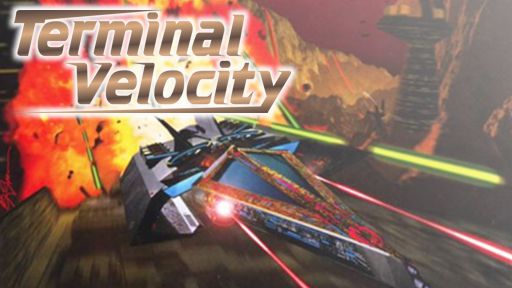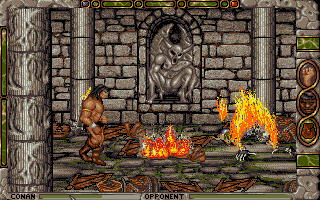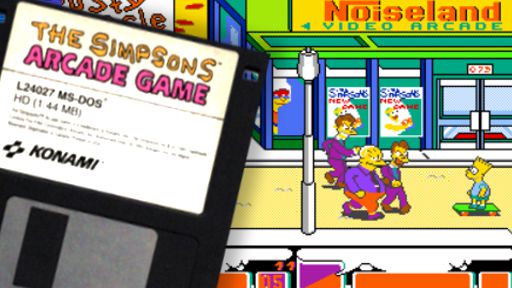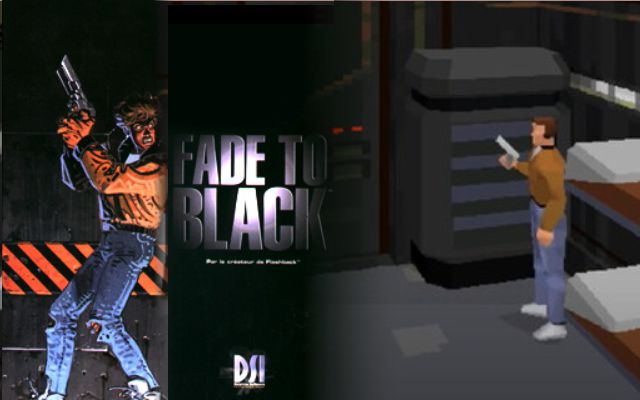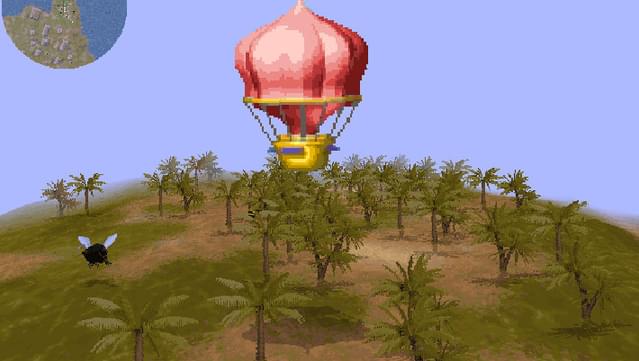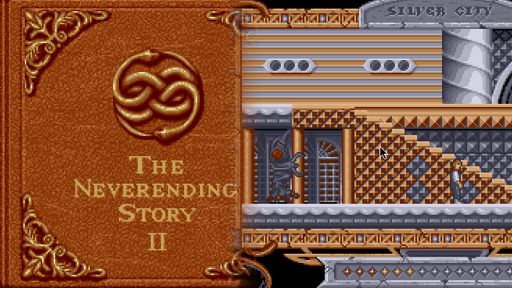Search Games
Welcome to the MS-DOS game emulator. On this abandonware site you have an old game review every week, where you can play the freeware/shareware version of every game.
Terminal Velocity
Terminal Velocity
Date added: 2019-11-05
Tags: None
Rated the best by our players
5 out of 5 based on 3746 ratings.
Game Information:
Terminal Velocity is a flight and action simulator for PC released in 1995. It was the first title developed by Terminal Reality Inc. and also the first published by 3D Realms. Terminal Velocity was also the first shareware game to be featured on the cover of a magazine before its release.
Primarily responsible for the development of Terminal Velocity was Mark Randel, a former Microsoft employee and lead programmer for Microsoft Flight Simulator 5.0 until 1994. The game was the first from the North Texas-based company Terminal Reality Inc (TRI), founded that same year by Randel and Brett Combs. Randel used the experience gained from developing Microsoft's flight simulator to create his company.
Music and sound effects were created by Kyle Richards. Graphics, 3D animations and movie scenes are the work of Mark Randel and other authors.
The game was released on May 1, 1995 by 3D Realms, a newly formed division shortly before by Apogee Software. Tom Hall of 3D Realms is listed as co-producer of Terminal Velocity. A year later, MacSoft released a version for Apple Macintosh.
As was common with most Apogee and then 3D Realms games at the time, Terminal Velocity was released as shareware. For this purpose, the game was divided into three episodes, the first of which was distributed as shareware through mailboxes (BBS), shareware CDs and CD supplements of computer game magazines. In addition to the full CD-ROM version of the game, a simplified version was also available on floppy diskettes, which, among other things, omitted all video sequences and used textures of considerably lower resolution.
The battle-centric game concentrates mainly on its technical fascination and entertaining action, and thus largely dispenses with a backstory. It simply explains that in a time of peace and disarmament, in the year 2704, Earth was nearly brought to its knees by various hostile alien races. The player gets into the role - nameless and faceless - of the sole remaining pilot of the Ares squadron, who, with his experimental fighter called TV-202, has the mission to repel the aggressors and "save the galaxy".
Before approaching each of the ten planets, a brief briefing is inserted and the planet, as well as important air and ground targets, are briefly shown and described. The undifferentiated image of the enemy, typical of the genre, is usually justified by the necessary destruction of the hostile aliens' military installations. Most of them are weapons factories and power plants.
In the game there are no identifying figures and characters with a positive attitude towards the player. Only the destruction of organic, "green" targets - for example, trees - is counted separately and counted as negative death in the highscore table.
The landscapes are realized with areas of 256 × 256 individually textured squares each. At the edges, the grid is repeated infinitely, so that the impression of a closed planetary surface is created. In contrast to previous 3D games, the enemies are not sprites, but three-dimensional objects that, among other things, cast shadows on the ground.
For the screen, either the VGA graphics mode with 320 × 200 pixels and 256 colors usual in DOS or a graphics mode with 640 × 240 pixels (super VGA with half as many lines) is used. Support for the S3 ViRGE graphics card has been added as a patch. Terminal Velocity is thus one of the few games compatible with the so-called S3D programming interface.
The player's view is highlighted by an exaggerated fisheye effect for this type of 3D computer graphics, which makes distant objects appear smaller than usual. This gives the game its own character, but also helps to disguise the technically limited view range (Draw Distance). In addition, Distance Fog is used to reduce the computational load, which falls exclusively on the main processor when using non-accelerated software rendering.
The game's graphics are complemented by pre-calculated 3D video sequences, which are only included in the CD version. A flight through a wormhole can be seen, as well as scenes showing the departure and approach of the space glider to and from its mothership in the opening and closing credits, and the approach and departure to and from the ten planetary surfaces in brief scenes.
Terminal Velocity includes a multiplayer mode in which up to eight players can compete against each other via null modem cable, modem, IPX/SPX, NetBIOS/Lantastic or over the DWANGO network.
The minimum requirements for the PC hardware used are a 486DX processor and at least 4 MB RAM. For the best possible graphics quality, a Pentium with 16 MB RAM is recommended. Nowadays, the game can be started without problems in a DOS emulator such as DOSBox.






